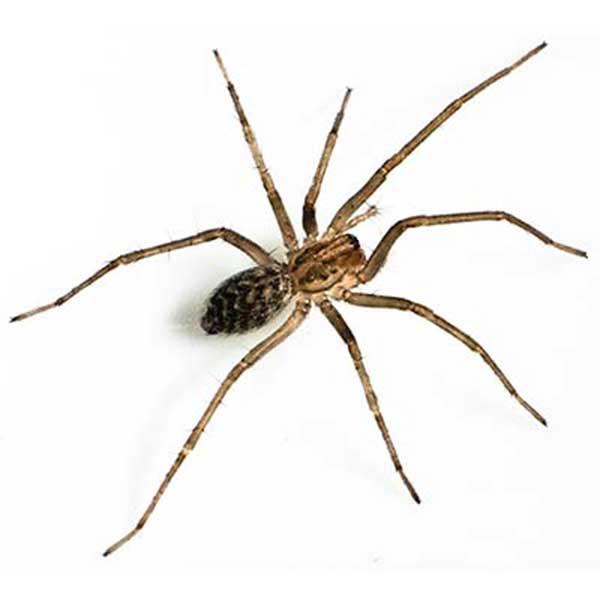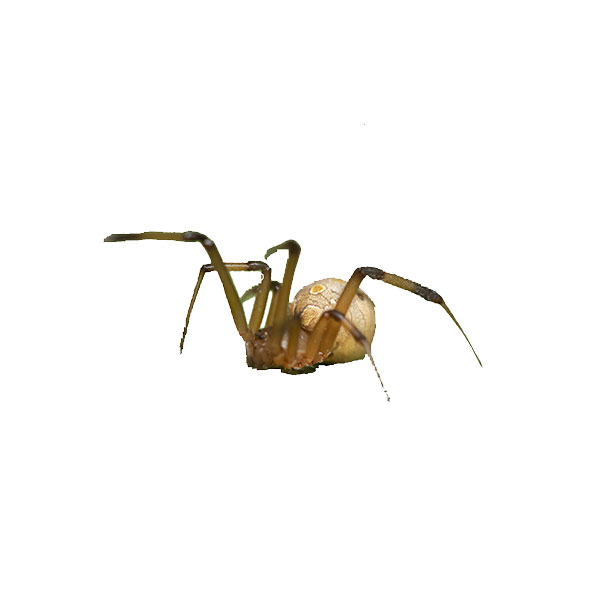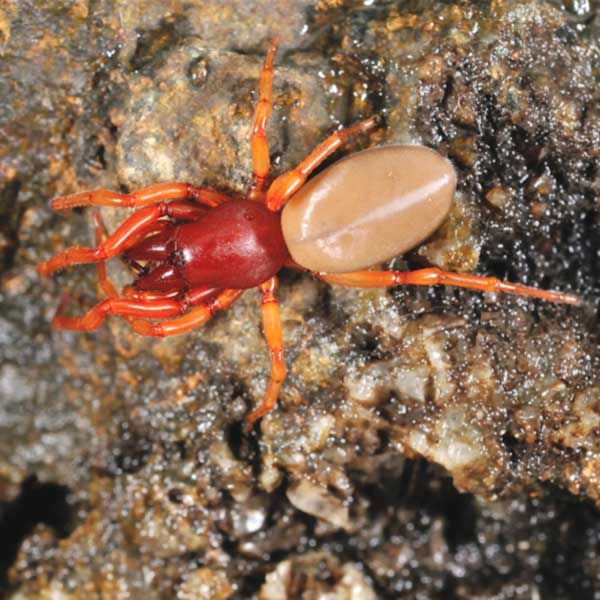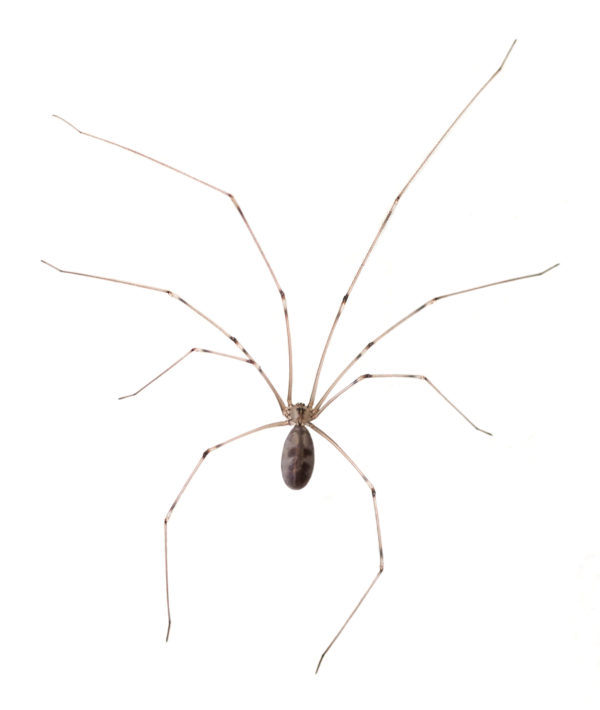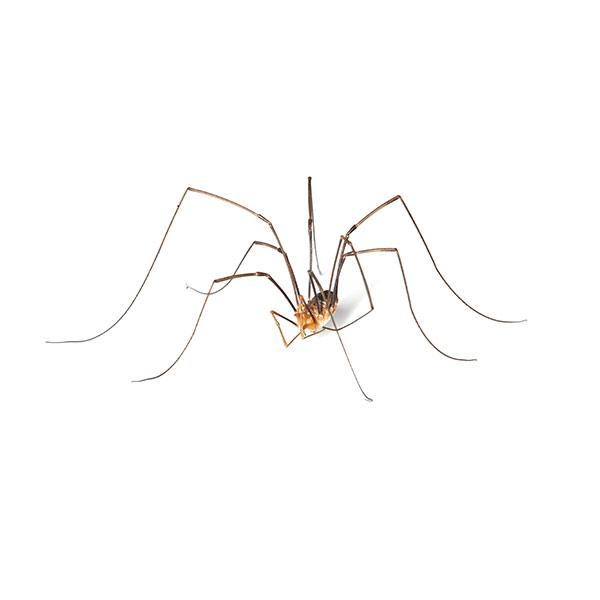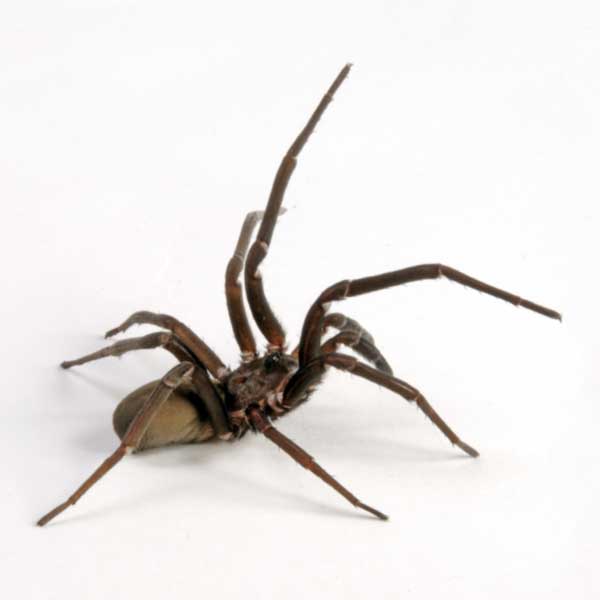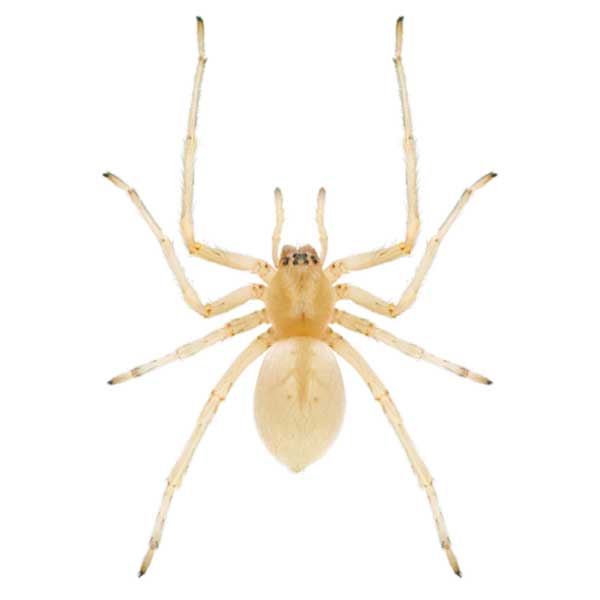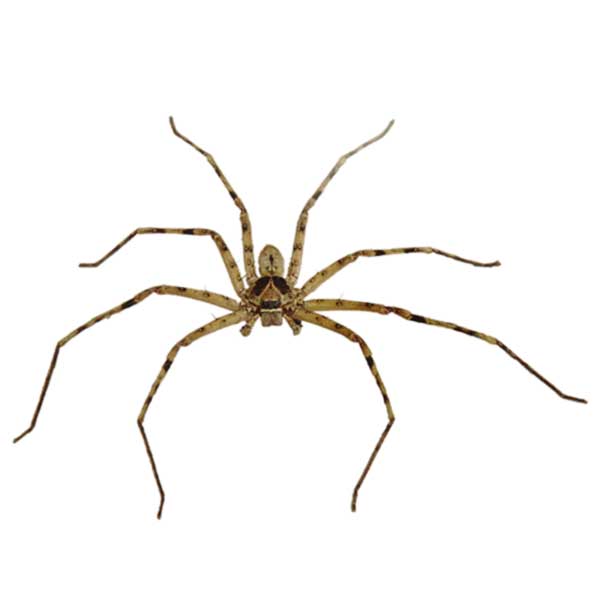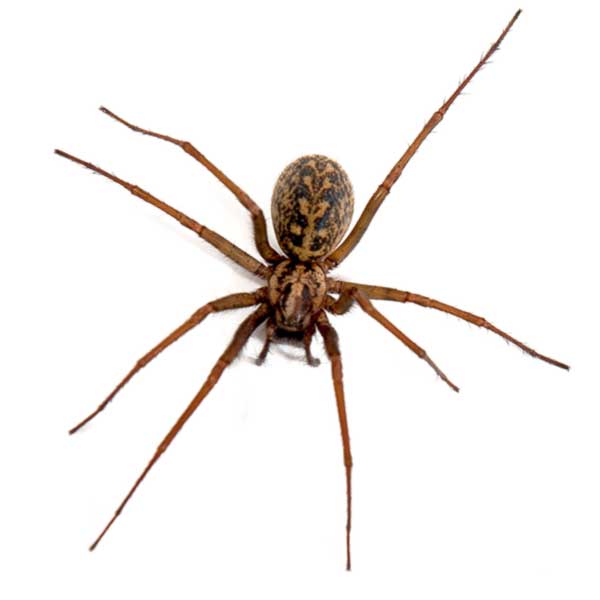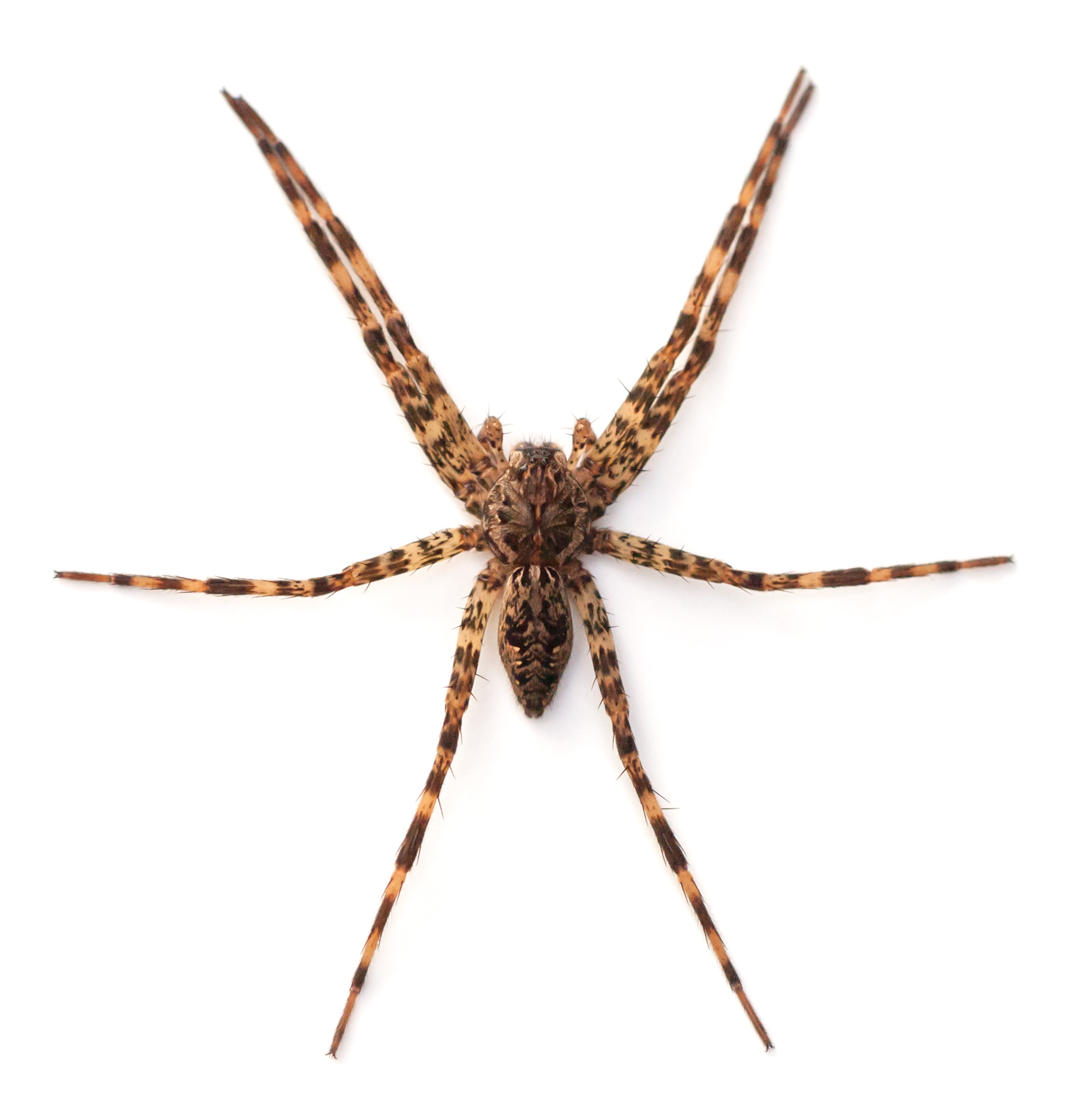Giant House Spiders in Mid-South TN
The giant house spider is very common in Mid-South TN. It was at one time thought to be venomous, but was proven to have little or no venom toxicity. The giant house spider can be found in dark corners of rooms, storage sheds, barns, bridges, fences, and other structures. This large spider generally constructs funnel webs on window angles and in corners. Although giant house spiders prefer to live outdoors, they are hitchhikers and can be brought indoors when they hide in boxes, firewood, or other belongings.
Giant House Spider Habitat
They are often found in garages or basements, as well as outdoors, in firewood, or in gaps between bricks or stones. They build webs with a funnel-like hole in the center, where they sit and wait for prey. The giant house spider is not an active climber and indoors can be found on the floor or trapped in sinks and bathtubs where it has ventured in search of water. They prefer to avoid contact with humans and hide during the day, meaning they are most often seen at night.
Giant House Spider Behaviors, Threats, or Dangers
Giant house spiders are most often spotted indoors during the autumn when they have reached their maximum size. These spiders are not aggressive and usually run away, very rapidly, when startled. Although it is rare, a bite from a giant house spider may occur when it feels threatened. However, bites are not serious and the giant house spiders’ venom is only harmful to individuals with specific allergies. Aside from its large size and threatening appearance, this spider does not pose much of a threat to people. Always contact a professional spider exterminator for help with giant house spiders.
Need help with Giant House Spider control?
We'll call you! Leave your information below.

